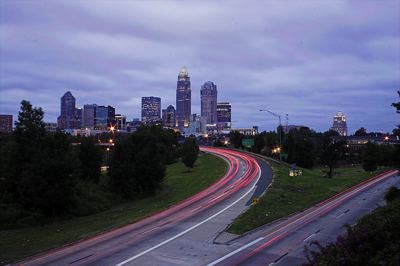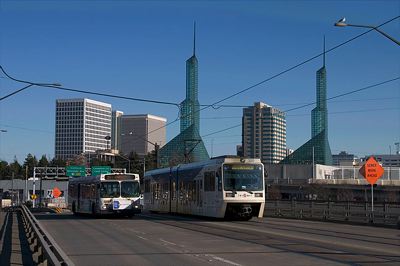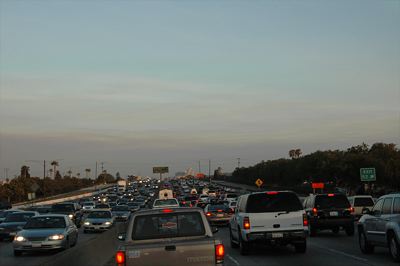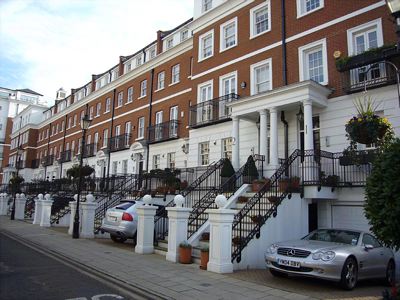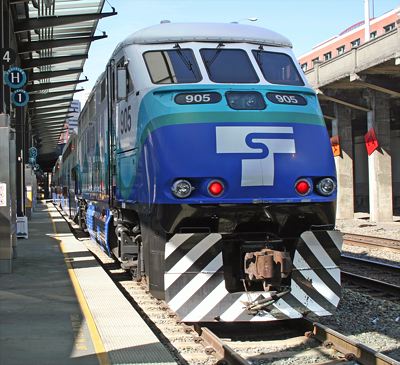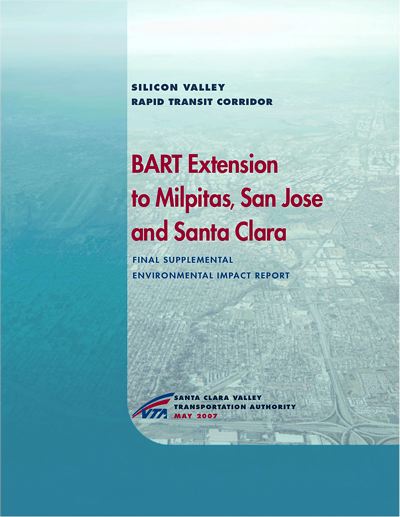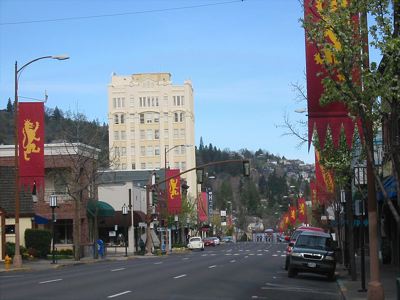A woman who stumbled as she tried to board a light-rail train in Minneapolis fell under the train and was killed. Horrifically, the driver of the train did not realize what had happened, so proceeded to take the blood-splattered train four more stops to the end of the line.
Passengers on board the train said they heard knocking on the doors, then “bup bup bup bup,” and then saw blood spattering the windows. But none bothered to inform the driver even though the trains are equipped with a passenger-to-driver intercom.

